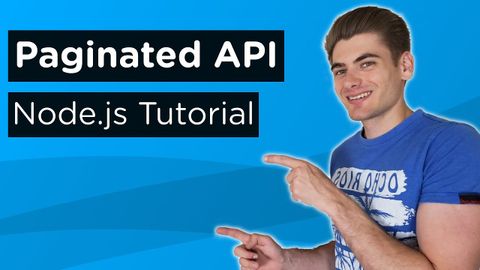
Subtitles & vocabulary
Create A Paginated API With Node.js - Complete Tutorial
00
林宜悉 posted on 2020/03/28Save
Video vocabulary
bunch
US /bʌntʃ/
・
UK /bʌntʃ/
- Noun (Countable/Uncountable)
- A group of things of the same kind
- A group of people.
- Transitive Verb
- To group people or things closely together
B1
More properly
US /ˈprɑːpərli/
・
UK /ˈprɔpəlɪ/
- Adverb
- In an appropriate or correct manner
- In a way that is suitable or appropriate.
A2
More exact
US /ɪɡˈzækt/
・
UK /ɪɡ'zækt/
- Adjective
- Completely correct; accurate; specific
- Transitive Verb
- To get something, sometimes using force
A2TOEIC
More express
US /ɪkˈsprɛs/
・
UK /ɪk'spres/
- Transitive Verb
- To send something by fast mail
- To state or show what you think or how you feel
- Adjective
- Sent by a fast mail service
- Traveling at high speed
A1TOEIC
More Use Energy
Unlock All Vocabulary
Unlock pronunciation, explanations, and filters
